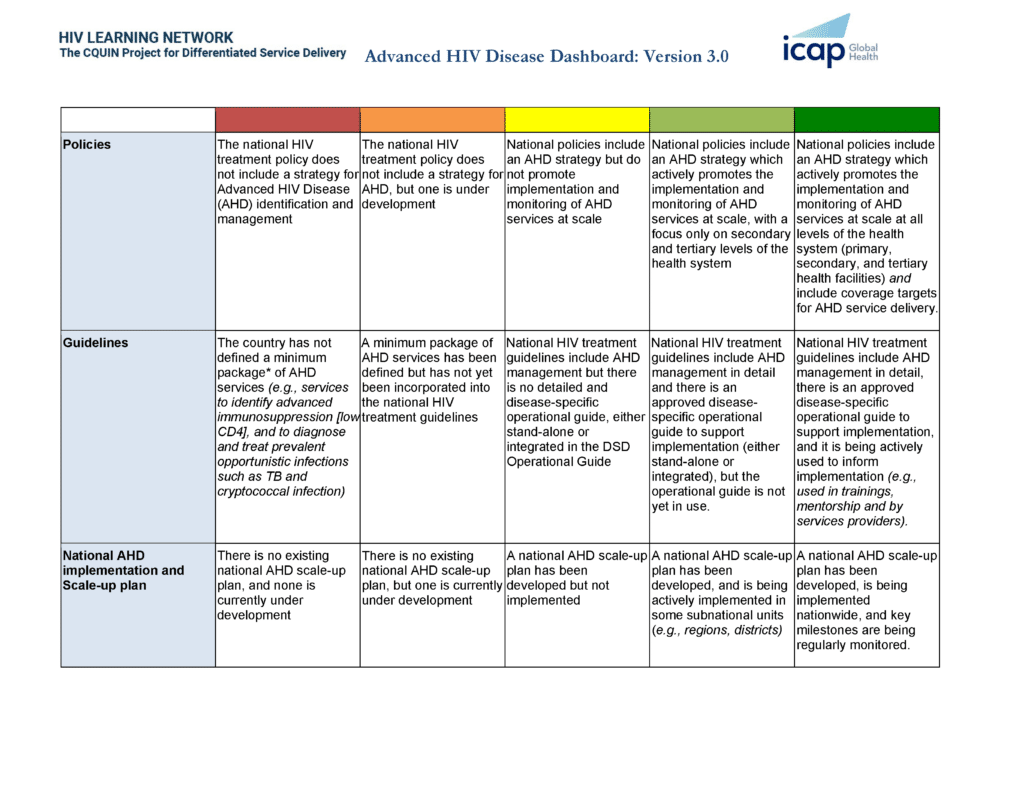This article highlights the advantages of differentiated care for HIV patients at high risk for poor outcomes, such as death and loss to follow-up. Swift identification of these patients is critical to ensure they receive rapid and effective interventions, and the authors argue that the systematic use of risk scores may be a successful approach. To be effective, risk scores must exhibit three key traits: simplicity, accuracy, and adaptability. In addition, they must utilize routinely collected variables.
Risk scores for patients must be externally validated for accuracy, especially if they’re being applied to a new population or setting over time. They also need to undergo formal impact analysis to evaluate the influence on physician behavior and patient outcomes. The authors note that while simple risk scores could be of substantial value, further efforts are needed to define interventions and care models to minimize the risk of these poor outcomes.





